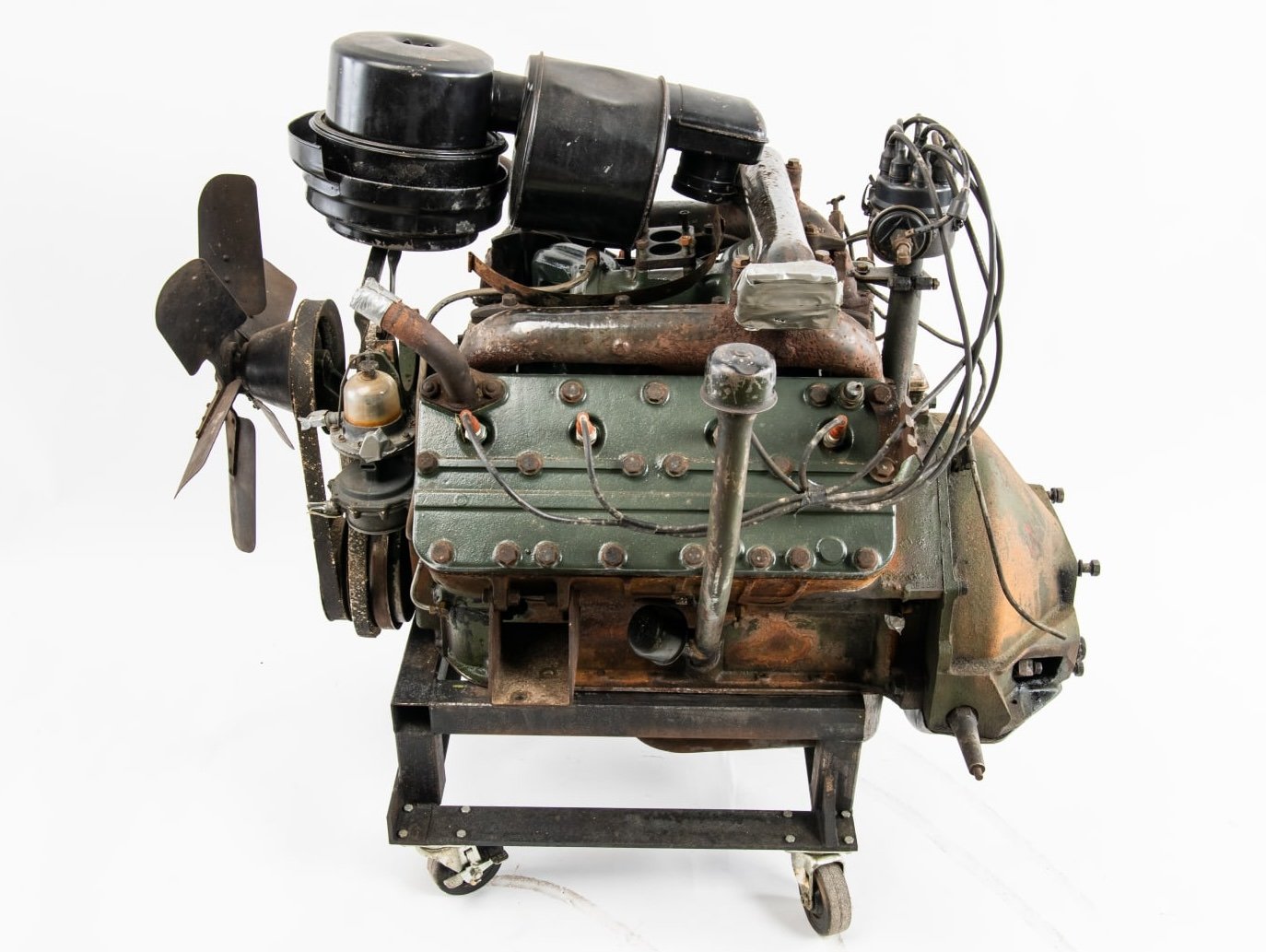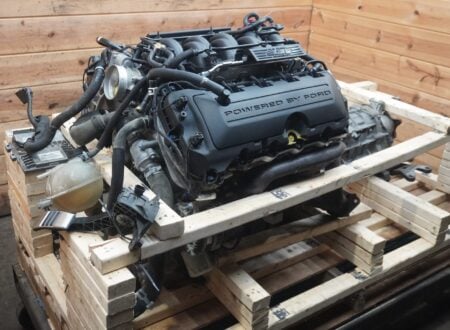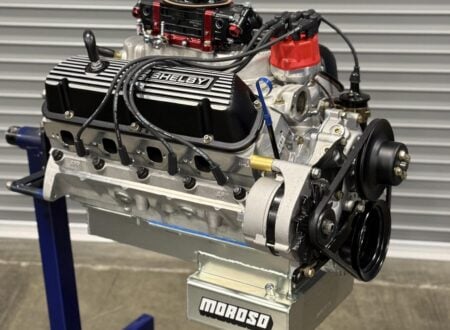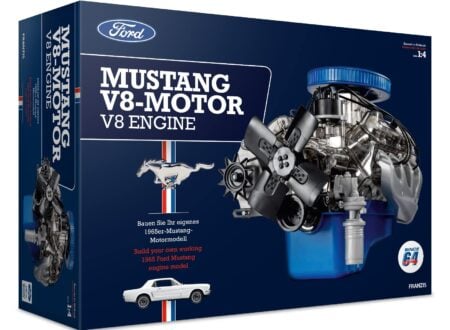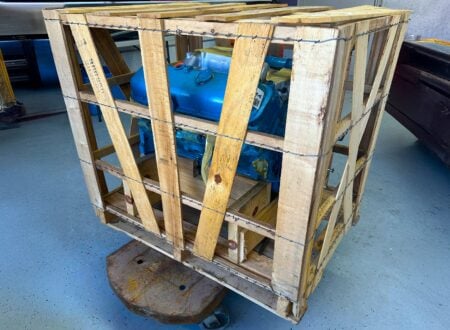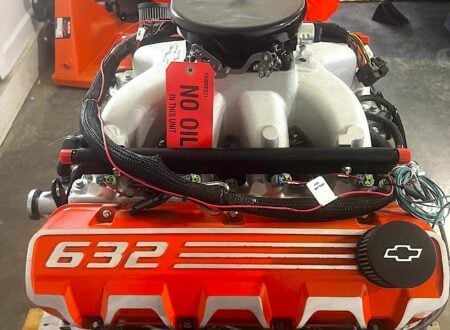This is a 346 cubic inch Cadillac flathead V8, these engines were used both in Cadillac road cars of the 1930s and 1940s, and in two WWII-era tanks – the M5 Stuart and the M24 Chaffee.
It’s an engine that’s nowhere near as well known as the Ford flathead V8 due to the fact it was produced for a far shorter time and in much smaller numbers. That said, the Cadillac flathead V8 is a fascinating engine in its own right, and it’s one of very few V8s that have ever been made with both the intake and exhaust manifolds mounted inside the vee.
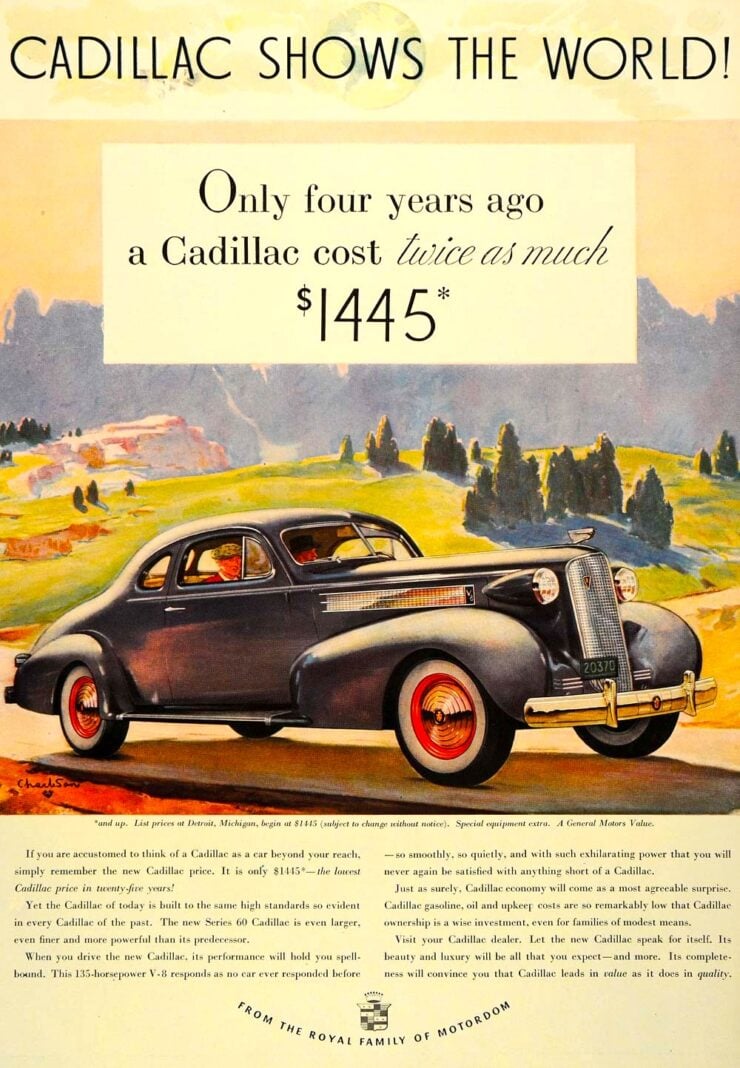

The 346 cubic inch (5.7 liter) Cadillac flathead V8 made its debut in 1936, and it would share many of its components with the slightly smaller and less powerful 322 version. Both of these engines were monobloc designs aimed at simplifying their design and construction, and substantially reducing their cost.
These monobloc V8 designs did share some design cues with the 1915 Type 51, the first Cadillac V8, but there were no parts shared or interchangeable. The development occurred in the midst of the Great Depression when Cadillac needed to find a way to make far less expensive cars (and less expensive engines) than their earlier V12-powered luxury vehicles.
The 346 cubic inch Cadillac flathead V8 was good for 135 bhp and 170 lb ft of torque at the time of its release, but by the late 1940s this would have climbed all the way to 150 bhp. These engines, both the 322 and 346 versions, were known for being incredibly reliable – perhaps largely thanks to their simplicity.
Though they were rock solid from a reliability standard, they were also very heavy. Very, very heavy. 900 lbs when fully dressed with a carburetor, intake and exhaust manifolds, a generator, etc.
During WWII a number of American tanks were powered by aero engines, but in order to free that engine supply up for vitally important aircraft it was decided to try sourcing tank engines elsewhere – and the 346 Cadillac V8 was a prime candidate.
These engines would be used in both the M5 Stuart and the M24 Chaffee American tanks, but they would require two of them with a common automatic transmission in order to have enough power and torque. Even with two of them, the engines took up less space than the previous engines that had been in use, and the automatic transmission made the tanks much easier to drive for new crews – and most crews at the time were new.
Unusually, the Cadillac monobloc 322/346 V8s had their intake and exhaust manifolds located next to one another on the inside of the V8’s “vee.” This always catches people’s attention, once they take a closer look at the engine and notice there is no exhaust manifold on the sides of the engine, where you would normally expect to find them.
These engines would power not just the Stuart and Chaffee, but also the Series 60/60S/61/62/63/65/67 and 70/72/75 Cadillacs through to the end of the 1940s. A small number have found their way into hot rods, though they’re a far less common choice than the Ford flathead V8 due to their weight, cost, and rarity.
The 346 Cadillac “Monobloc” Flathead V8 Shown Here
The engine you see here is an original 346 Cadillac monobloc flathead V8, produced either in the 1930s or 1940s. We don’t have a huge amount of information on it as the listing is somewhat sparse, but we do know that the engine turns over by hand which is a good sign.
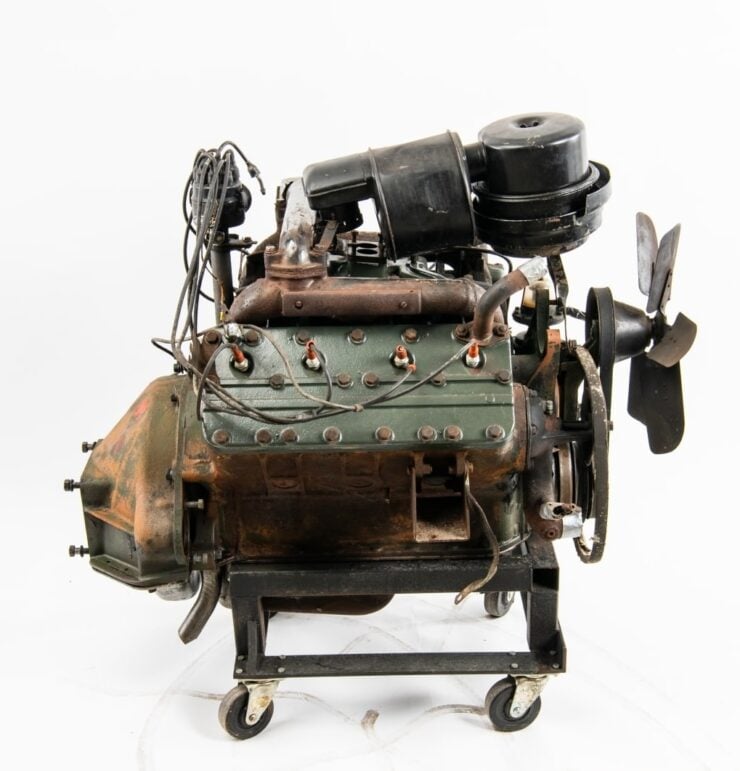

It should be assumed that the engine will need a full rebuild before anyone attempts to get it running, it also needs a new carburetor, new belts, a new generator, and plenty of other replacement parts. That said, it’s a rare opportunity to grab a historically significant engine, and hopefully get it running once again.
It’s due to be auctioned by Mecum in late July, if you’d like to read more about it or register to bid you can visit the listing here.
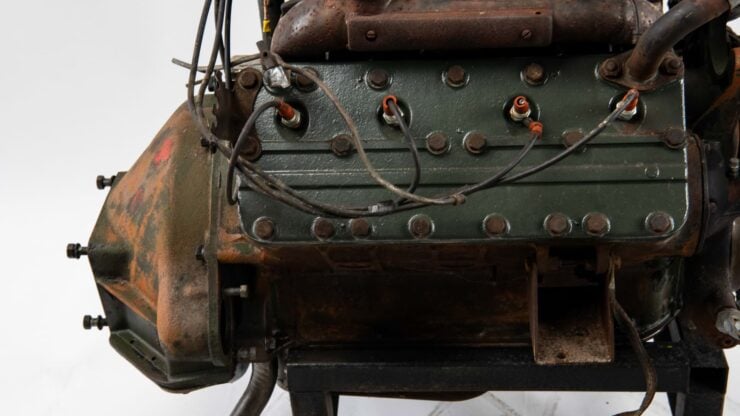
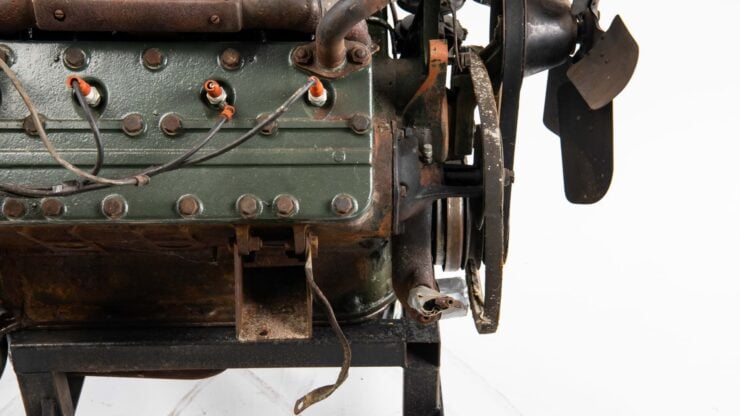
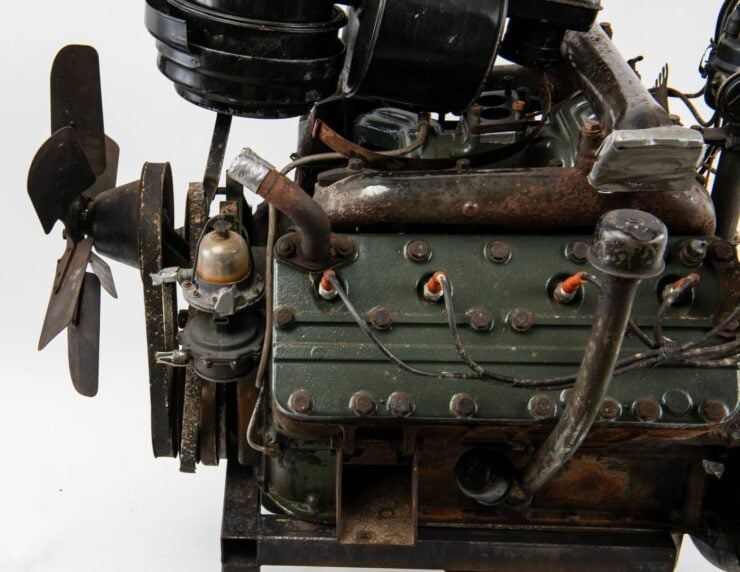
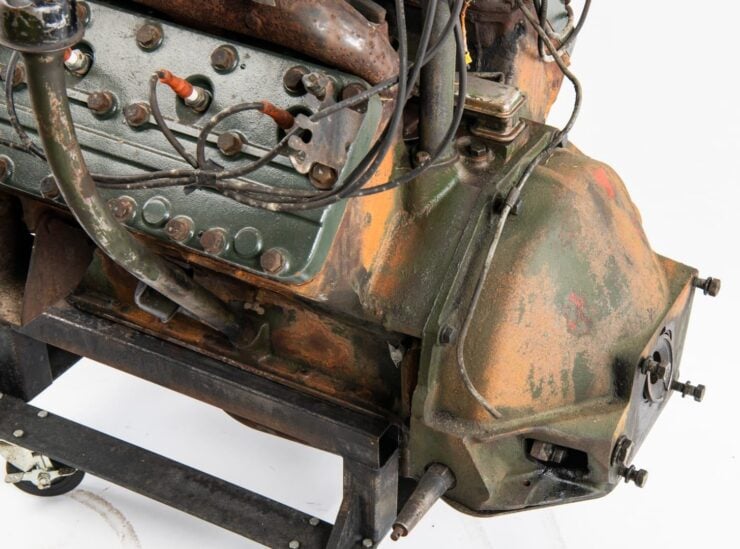
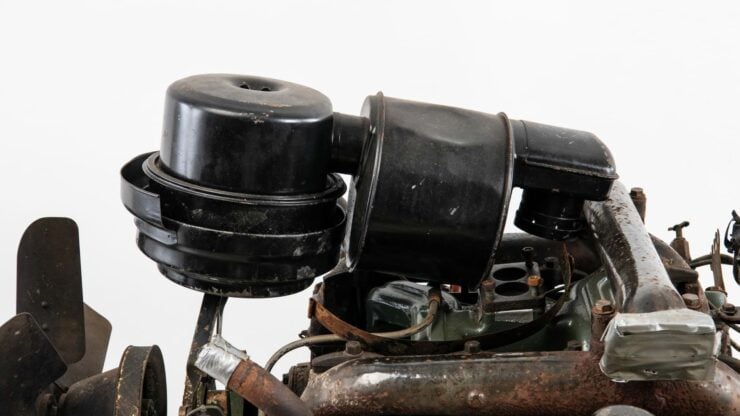
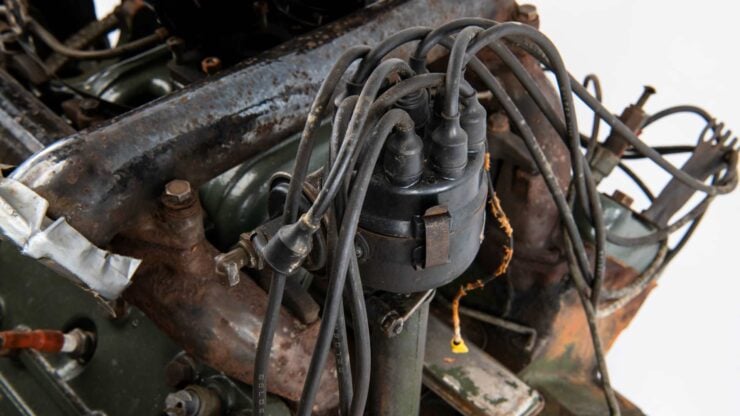
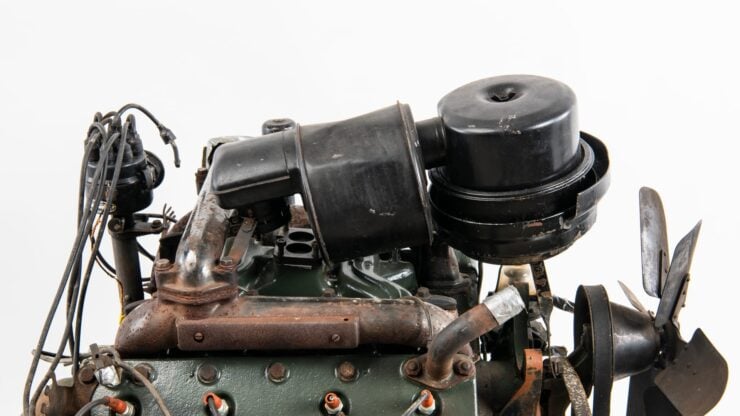
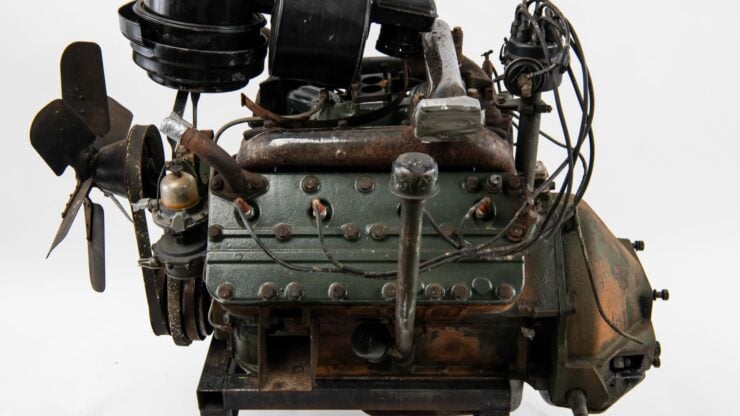
Images courtesy of Mecum

